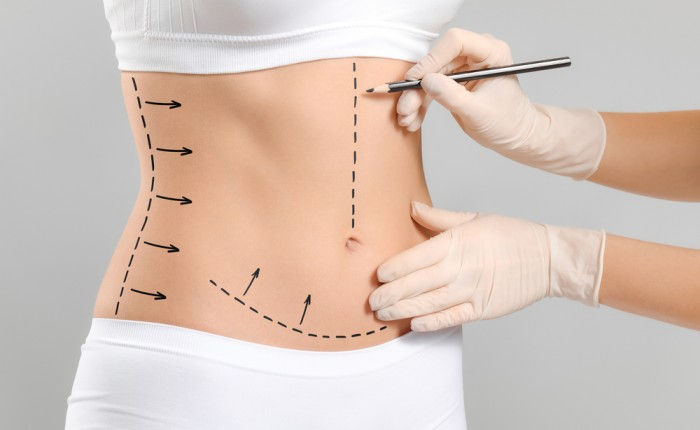Eyelid Surgery treatment process:
- sadaf khan sudozai
- Dec 18, 2023
- 2 min read
The eyelid surgery (blepharoplasty) treatment process involves several key steps, from the initial consultation to the postoperative recovery. Here is a detailed overview of the process:
1. Consultation:
Purpose:

Discuss your concerns, goals, and expectations for eyelid surgery.
Evaluate your overall health, medical history, and any medications or supplements you are taking.
Assess your eyelid anatomy and determine the most appropriate treatment plan.
Surgeon's Evaluation:
Examine the upper and/or lower eyelids for signs of sagging, excess skin, puffiness, or wrinkles.
Discuss whether additional procedures may be beneficial, such as brow lift or non-surgical treatments.
Establish Expectations:
Your surgeon will explain what eyelid surgery can and cannot achieve.
Address any concerns or questions you may have.
2. Preoperative Evaluation:
Medical Assessment:
Complete a preoperative evaluation to ensure you are a suitable candidate for surgery.
Blood tests and other diagnostic tests may be conducted.
Photography:
Preoperative photographs may be taken to document your current appearance and assist in surgical planning.
3. Treatment Plan:
Customization:
The surgeon develops a personalized treatment plan based on your goals and the specific characteristics of your eyelids.
Determine whether upper eyelid surgery, lower eyelid surgery, or a combination is most appropriate.
4. Anesthesia:
Anesthesia Options:
Decide on the type of anesthesia: local anesthesia with sedation or general anesthesia.
The choice depends on factors such as the extent of the procedure and your comfort level.
5. Surgery:
Upper Eyelid Surgery:
Incisions: Made along the natural creases of the upper eyelids.
Tissue Adjustment: Removal of excess skin, potential muscle tightening, and repositioning or removal of fat.
Closure: Sutures are carefully placed for minimal scarring.
Lower Eyelid Surgery:
Incision Options: External incision below the lash line or transconjunctival incision inside the lower eyelid.
Tissue Adjustment: Address excess fat, loose skin, and muscle tightening if necessary.
Closure: Sutures or tissue adhesives are used.
6. Postoperative Care:
Recovery Room:
Monitored for a short period after surgery.
Cold compresses and ointment may be applied to reduce swelling.
Follow-up Appointments:
Given postoperative care instructions.
Scheduled for follow-up appointments to monitor healing and address any concerns.
Healing Period:
Swelling and bruising are common initially.
Stitches are typically removed within a week.
Most patients can resume normal activities within 10 days to two weeks.
7. Results:
Swelling Subsides:
Final results become more apparent as swelling decreases.
Patients usually experience a refreshed and rejuvenated appearance.
8. Long-Term Maintenance:
Sun Protection and Skincare:
Protect your eyes from excessive sun exposure.
Follow a good skincare routine to maintain results.
It's important to choose a qualified and experienced plastic surgeon and follow their guidance throughout the process. Additionally, understanding and adhering to preoperative and postoperative instructions contribute to a successful outcome.





Comments